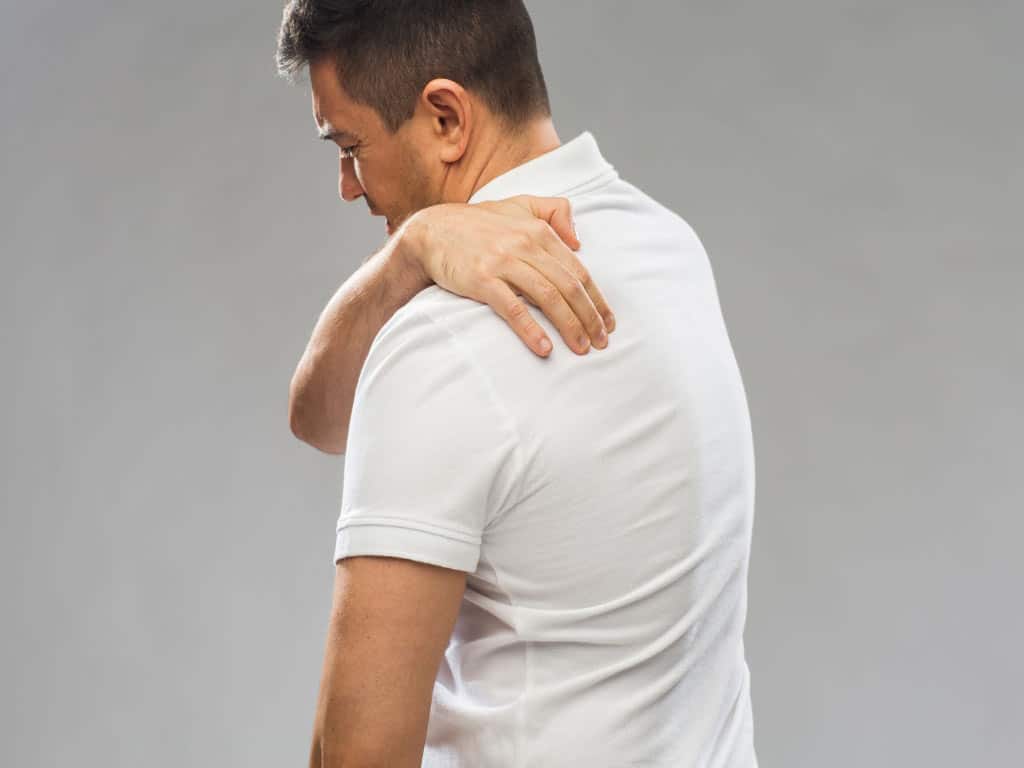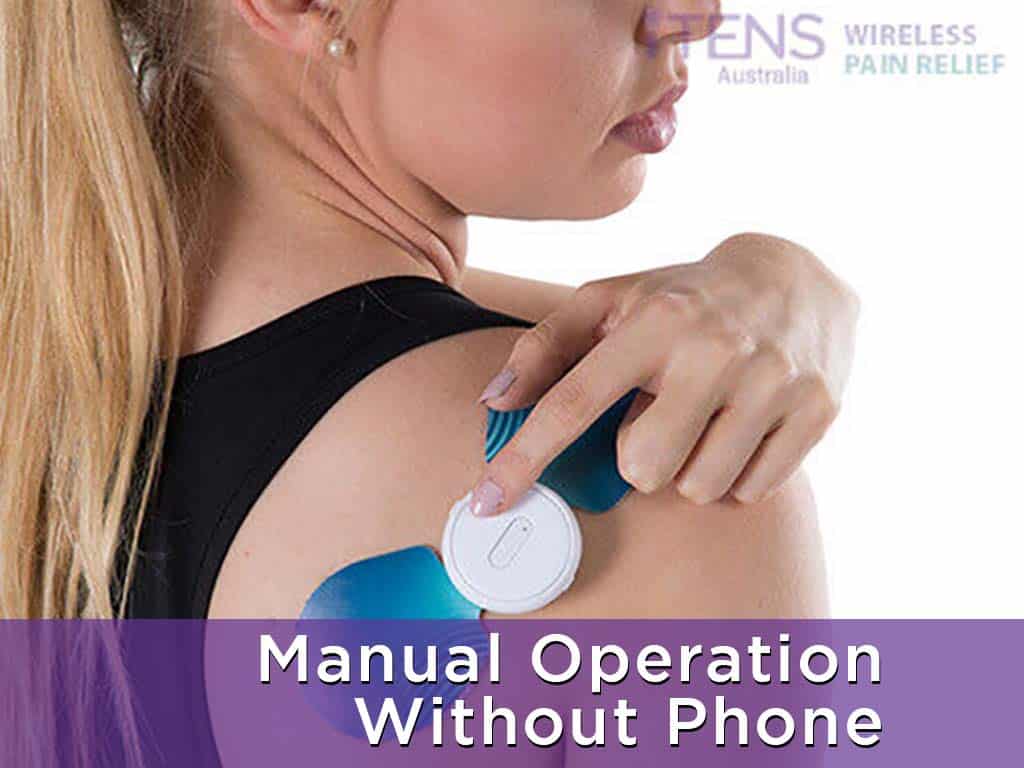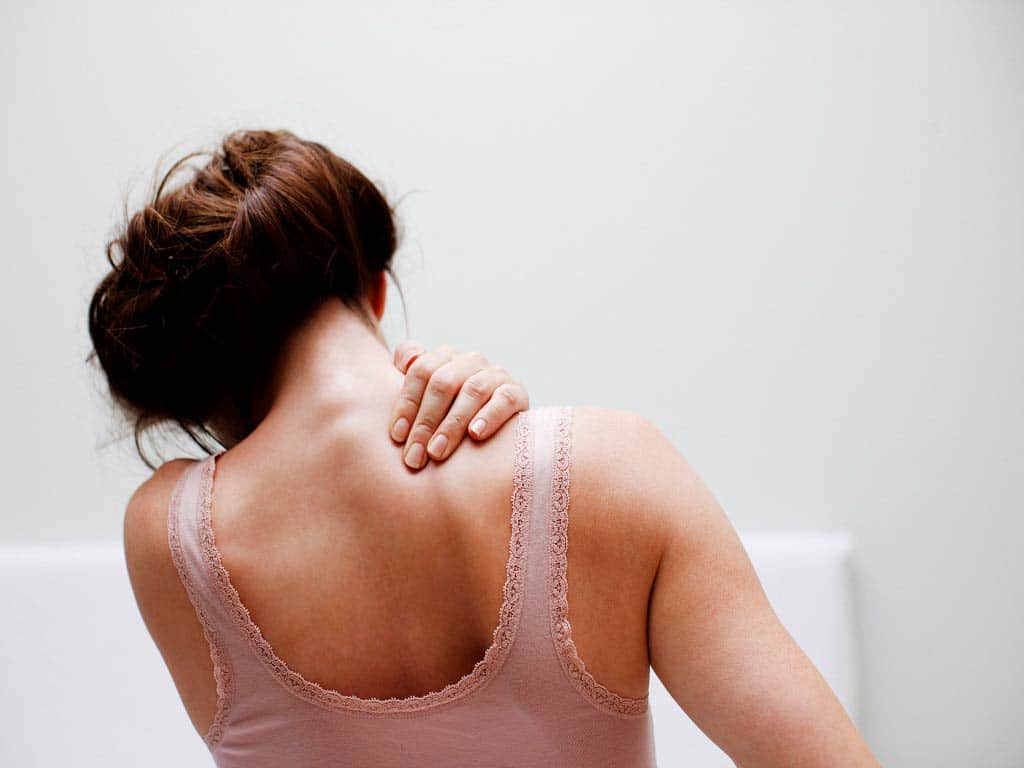
The trapezius muscles are commonly affected by muscle tightness and tension, which can lead to chronic pain. Some turn to pain medication, physical therapy, or surgery for pain relief. Another option is Transcutaneous Electrical Nerve Stimulation (TENS). Using a TENS unit for trapezius pain is a non-invasive method for achieving acute and chronic pain relief. When applying the TENS pads, the user can place them on the trapezius muscles, which carefully avoid the spinal cord.
TENS therapy is effective against various kinds of pain from different conditions. It can also increase blood flow to the area, which relaxes the tense muscles and promotes healing. Nevertheless, it is ideal to consult a health professional to ensure safety. They may also advise on how to use the machine for trapezius muscle pain. This article will present how TENS works, where to place the electrodes, and precautions when using it.
How a TENS Unit for Trapezius Pain Works
The trapezius muscles are found in the back of the neck and the upper back. It controls the movements of the shoulder and arm, making it prone to strain. Tight or strained trapezius muscles can cause neck pain and shoulder pain. It can also cause tension headaches and muscle spasms, decreasing the quality of life. Fortunately, using a TENS unit for trapezius pain is an effective method of alleviating aches and discomfort.
TENS machines use externally applied electrode pads to deliver low-voltage electrical currents to the body. Users may adjust the intensity, frequency, and pulse width settings to customise their session according to their tolerance. High-frequency stimulation (50-120 Hz) triggers the pain gate mechanism. This is ideal for addressing acute pain because it takes effect quickly. Moreover, it can cause an increase in blood flow to the target area and reduce muscle soreness.
In addition, using low-frequency stimulation induces the release of endorphins. These hormones build up and result in a reduction in pain sensations. It also helps reduce inflammation, which can help regain the range of motion.
Main Theories
These are the main theories that explain how TENS therapy alleviates pain:
- Gate Control Theory of Pain: suggests that pulses of electricity can cause nerve fibres in the spinal cord to block the transmission of pain signals to the brain. This is also known as the pain gate mechanism. It works on the idea that spinal nerves act as gates for painful sensations.
- Endorphin Release Theory: suggests that the low-frequency stimulation from TENS can stimulate the motor nerves and trigger the production of endogenous opioids. These then bind to opioid receptors and provide temporary relief.

Electrode Placement When Using a TENS Unit for Trapezius Pain
Proper electrode placement is crucial when using a TENS unit for trapezius pain. Hence, many refer to placement charts and guides to ensure they attach the adhesive electrodes in the correct areas. Generally, the user must place the adhesive electrodes on muscle areas on or near the origin of the ache. This allows for effective delivery of the electrical stimulation.
For trapezius pain, the user may attach the pads to the trapezius muscles. They may also attach it about two inches below the skull, on the back of the neck. However, it is crucial to remember to avoid sensitive areas that may react negatively to electric nerve stimulation. This includes the spinal cord, throat, chest, joints, and head. They should also avoid areas with skin irritation or infections.
Individuals may use several electrode pads if needed for additional power. However, they should apply them at least an inch apart to avoid electrical interference. Lastly, users must ensure the adhesives are securely attached. If needed, they should replace the adhesives that are not applying well.
How to Use the Device
Using a TENS machine is a straightforward process, which allows individuals to easily self-administer the therapy session. The user must securely apply the pads to the target areas. Once secure, they may turn the machine on and gradually increase the settings. Alternatively, they may select a preset mode for trapezius strain.
TENS therapy sessions typically last between 20 to 30 minutes. Afterwards, they may turn the machine off and remove the electrodes. Then, they should clean the adhesives before storing them in a cool and dry place. Doing so may extend the use of the pads.

Precautions When Using a TENS Unit for Trapezius Pain
TENS therapy is safe for many people to use for many types of pain. Nevertheless, it is ideal to take precautions when using any medical device. Ideally, the user should consult a medical professional to ensure that TENS is safe for them to use. The professional may assess if they have conditions with contraindications to electric stimulation. This includes heart disease, epilepsy, seizures, and cancer.
Moreover, users should check the TENS unit and its accessories before using it. This will allow them to prevent accidents that may harm the user. In addition, the user must stay alert and awake during the therapy session. They should avoid sleeping and safety-sensitive activities that require concentration, such as driving or operating heavy machinery. They must also avoid contact with water since it can cause damage to the unit and possibly harm the person.
Furthermore, the individual must avoid overusing the TENS unit for trapezius pain. They must stick to the recommended duration and set timers to remind themselves of when to end the session. Otherwise, adverse effects like skin irritation and mild burns may occur.
When to See a Doctor?
Although trapezius aches are common, it is crucial to consult a doctor if the individual is experiencing severe pain. They should also seek medical advice if there are signs of infection and visible deformity of the shoulders or neck.
When using TENS, the users must also remember that it should not make the pain worse during or after the session. Moreover, some may experience muscle twitching and tingling sensations during the treatment. This is common and usually not a cause for concern. Nevertheless, if these symptoms become severe and do not fade over time, the person should see a doctor.
Conclusion
A TENS unit for trapezius pain is an effective tool for alleviating aches and discomfort. It helps reduce muscle tightness and inflammation, which can improve the range of motion using low-voltage electric stimulation. Moreover, endorphin production from low-frequency stimulation can improve moods and reduce stress, aiding muscle relaxation. To use TENS for trapezius muscle pain, the person can apply the pads on the upper back and adjust the settings accordingly.
Although TENS is safe, it is still helpful to consult a medical professional before using electrotherapy for any condition. They can diagnose the condition and advise on how to use the device. This can help improve the effectiveness of the treatment and prevent adverse effects from occurring. Individuals looking for a wireless TENS unit may consider the iTENS from iTENS Australia. This unit has wing-shaped electrodes and a smartphone application for operating the electrodes.







